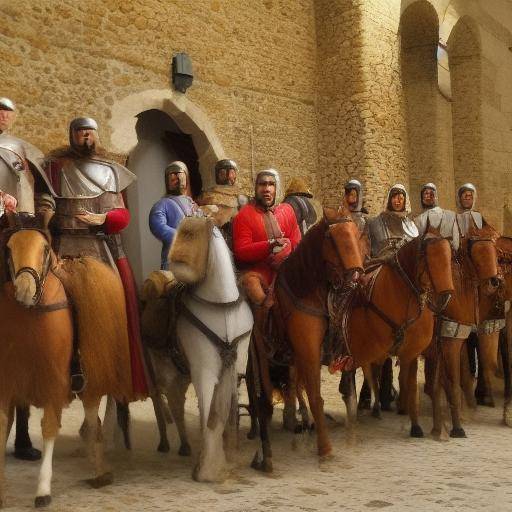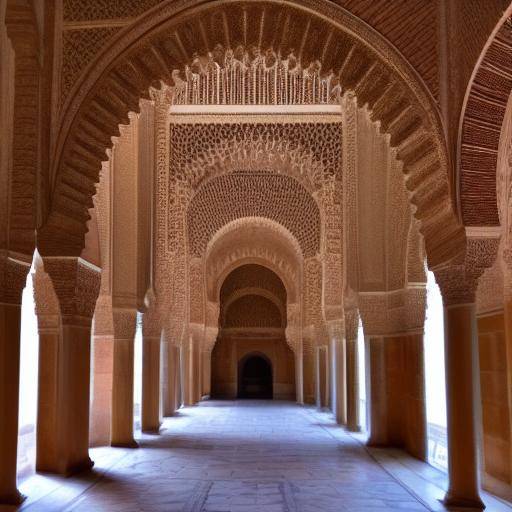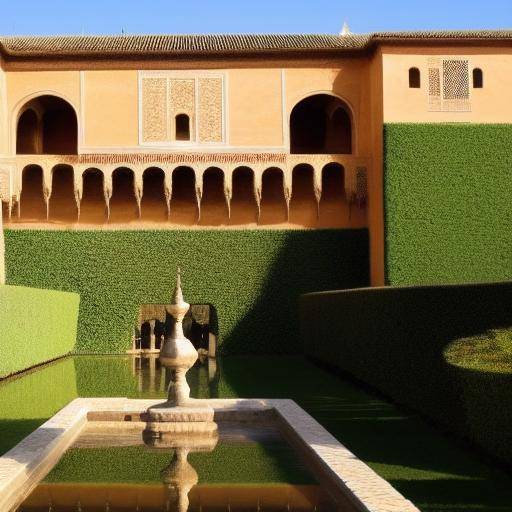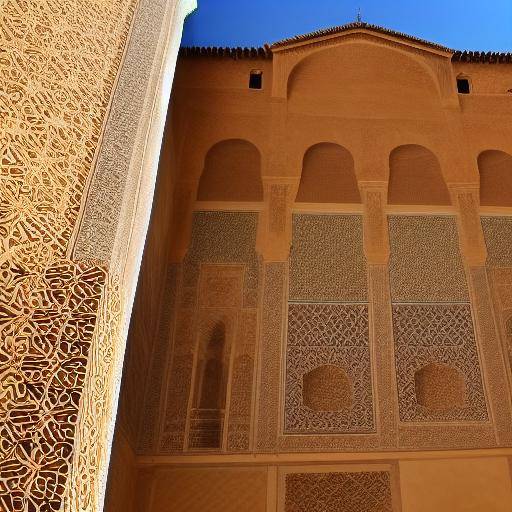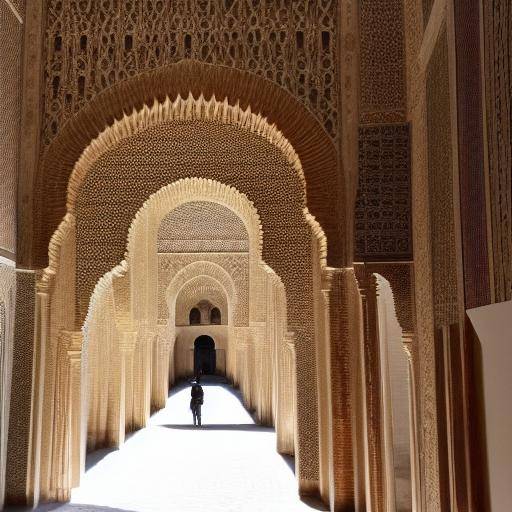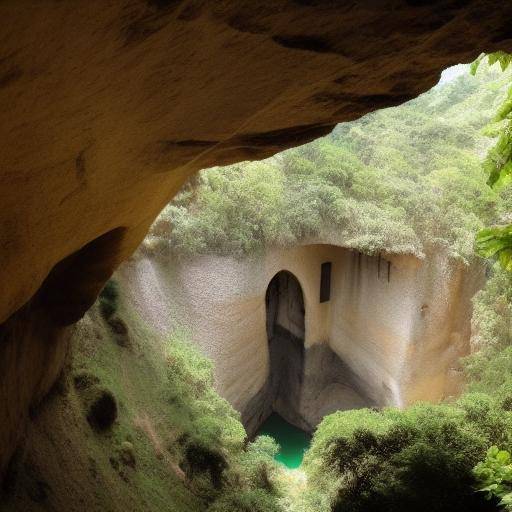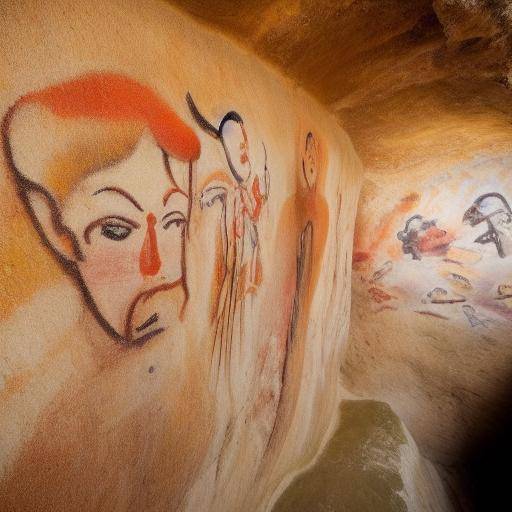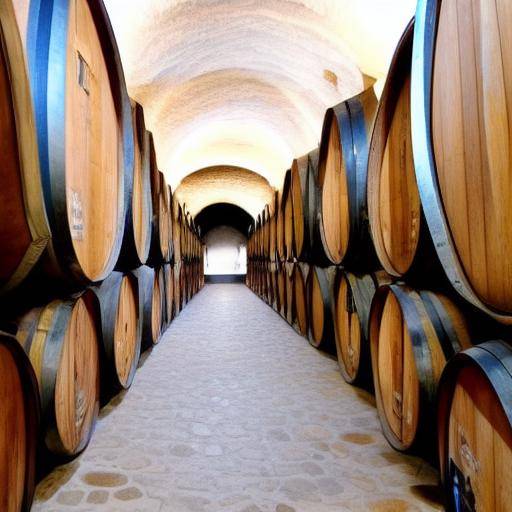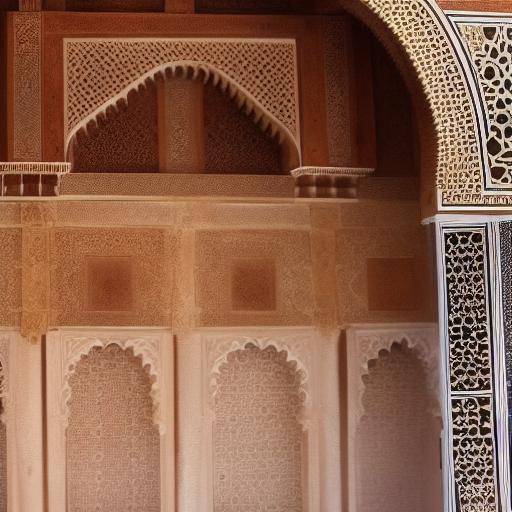
Introduction
Imagine going through the exquisite halls of a palace that more resembles a cultural palimpsest than a simple collection of walls and columns. This place is the Alhambra, a Moorish jewel that has resisted the passage of time and continues to captivate millions of visitors every year. In this article, you will enter the history, architecture and beauty of the Alhambra, discover the charming city of Granada that houses it, and explore how both elements define the essence of Spain. From its origins to future trends, this in-depth guide will take you to a journey through the Alhambra and beyond.
History and Context
The Alhambra, whose name comes from the Arabic word "Al-Qal'a al-Hamra" (The Red Castle), dates back to the mid thirteenth century, when it was built by the Nasrid rulers of the Kingdom of Granada. This fortified enclave has witnessed significant historical events, transforming itself from a military fortress to a luxurious royal residence, and finally to an icon of Islamic architecture.
During the conquest of Granada in 1492, the Catholic Kings were amazed by the beauty of the Alhambra, preserving it as an emblematic piece of Spanish heritage. Over the centuries, it has resisted earthquakes, wars and the passage of time, becoming a living testimony of the greatness of art and Muslim architecture on the Iberian peninsula.
Analysis in Deep
The architecture of the Alhambra is an exquisite collage of geometric patterns, colorful plaster shops and lush gardens, which reflect the aesthetic and spiritual vision of Islamic culture. This unique style, known as "show", merges Christian and Arab elements, creating an architectural treasure that has inspired artists and architects from around the world.
The Alhambra also represents a monumental challenge in terms of conservation and management of tourism. Its architectural fragility and the massive influx of tourists pose challenges to preserve its splendor without compromising its structural integrity. However, continuous conservation efforts and careful control of visitors ensure that the Alhambra remains accessible to future generations.
Comprehensive review
By crowning the city of Granada, the Alhambra becomes a connective tape between the past and the present. The majesty of its palaces, the serenity of its courtyards and the intricate ornamentation of its walls embody the cultural wealth of Spain. Exploring the Alhambra means understanding the synergy between the architecture, history and the natural landscape that surrounds it.
The Alhambra, Granada and Spain share a symbiotic relationship, in which everyone enhances the splendor of the other. The Alhambra is the epitome of the cultural heritage of Granada, which in turn confers authenticity on the historical and artistic experience of Spain.
Comparative analysis
Compared to other architectural jewels in Spain, the Alhambra stands out for its unique fusion of Islamic and Christian styles. While the Cathedral of Granada reflects the grandeur of the Spanish Baroque, the Alhambra reinterprets Islamic geometry in wood and plaster. This duality of artistic influences reflects the complexity of the history of Spain, where each chapter has left an indelible mark on its cultural landscape.
Practical Tips and Affordable Actions
If you plan to visit the Alhambra, book your tickets in advance to avoid long rows. Remember to respect the safety and maintenance regulations during your visit, as this site requires special care. In addition, explore the surroundings of Granada, immerse yourself in its culture and enjoy the delicious local cuisine, which will complement your experience in the Alhambra.
Industry Perspectives and Expert Reviews
Experts in Islamic architecture highlight the importance of the Alhambra as a crucial milestone in the history of art and cultural influence. Its intricate details and impact on the later architecture have left a lasting mark on the field of architecture and interior design, serving as inspiration for countless creatives around the world.
Case Studies and Real Life Applications
The cultural, artistic and tourist impact of the Alhambra is reflected in its influence on the local and national economy. The preservation and promotion of the Alhambra contribute significantly to sustainable tourism in Granada, generating employment opportunities and supporting the local economy.
Future Trends and Predictions
As tourism and the preservation of cultural heritage evolve, the Alhambra is expected to adopt innovative practices that balance conservation with visitor experience. The implementation of sustainable technologies and the careful management of tourist influx will be critical to ensuring the long-term preservation of this architectural treasure.
Conclusion
The Alhambra is more than a palace; it is a living testament to cultural magnificence that is intertwined with the rich history of Spain. Through its Moorish architecture, the Alhambra invites us to reflect on the beauty, innovation and resilience that transcend time. In Granada, this heritage comes to life, connecting the past to the present and offering an incomparable experience to those who visit it.
Frequently asked questions
**1. What is the best time to visit the Alhambra?**The best time to visit the Alhambra is during the spring and autumn, when the weather is pleasant and the influx of tourists is moderate. Also, book your tickets in advance to ensure your admission.
**2. What aspects of the Alhambra make it unique compared to other historical structures in Spain?**The fusion of Islamic and Christian architectural styles, the exquisite ornamentation of its interiors and the beauty of its gardens make it unique in its class, even within the Spanish architectural context.
**3. How can I get to the Alhambra from the center of Granada?**You can reach the Alhambra via public transport, taxi or on foot. Many visitors choose to enjoy a pleasant walk from the centre of Granada to the hill where the Alhambra is located.
**4. How long do you need to visit the Alhambra calmly?**It is recommended to book at least half a day to explore the Alhambra calmly, being an experience that requires time and quiet admiration.
**5. What precautions should I take when visiting the Alhambra?**It is crucial to respect the rules of conservation and security, such as not touching the walls or decorative elements, not eating or smoking in undesignated areas, and to follow the indications of the Alhambra staff for a safe and respectful visit.
**6. Does the Alhambra offer guided tours?**Yes, the Alhambra offers guided tours that provide an expert perspective on the history, architecture and cultural details of the site.
With every answer to these frequently asked questions, we seek to offer valuable information and provide an enriching experience to those who wish to explore the Alhambra and immerse themselves in its fascinating history.
In short, the Alhambra is an architectural gem that not only enriches the city of Granada, but represents an important cultural heritage for all Spain. From its intricate architecture to its influence in the tourism industry, the Alhambra continues to play a vital role in the narrative of Spanish heritage. Through centuries of history and through the intersection of cultures, the Alhambra remains a lasting witness to beauty, architectural excellence and cultural diversity.

